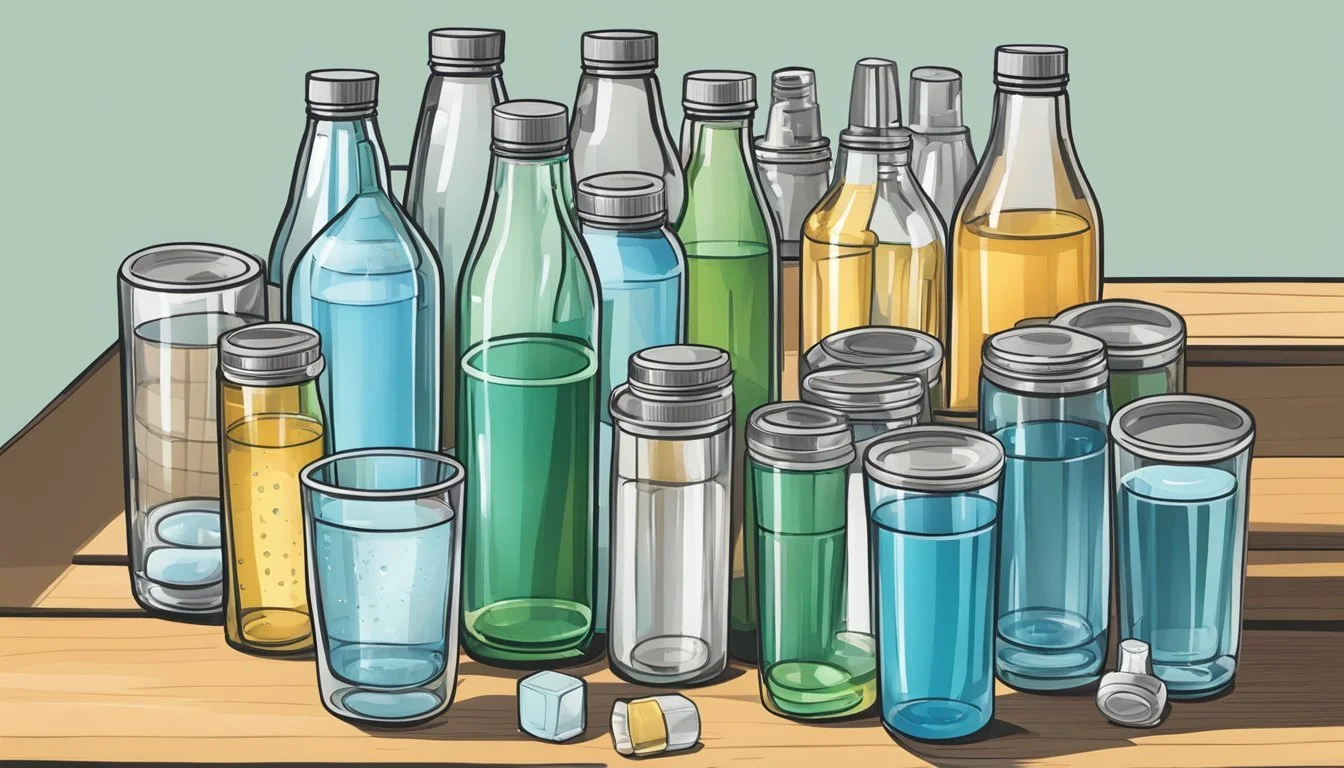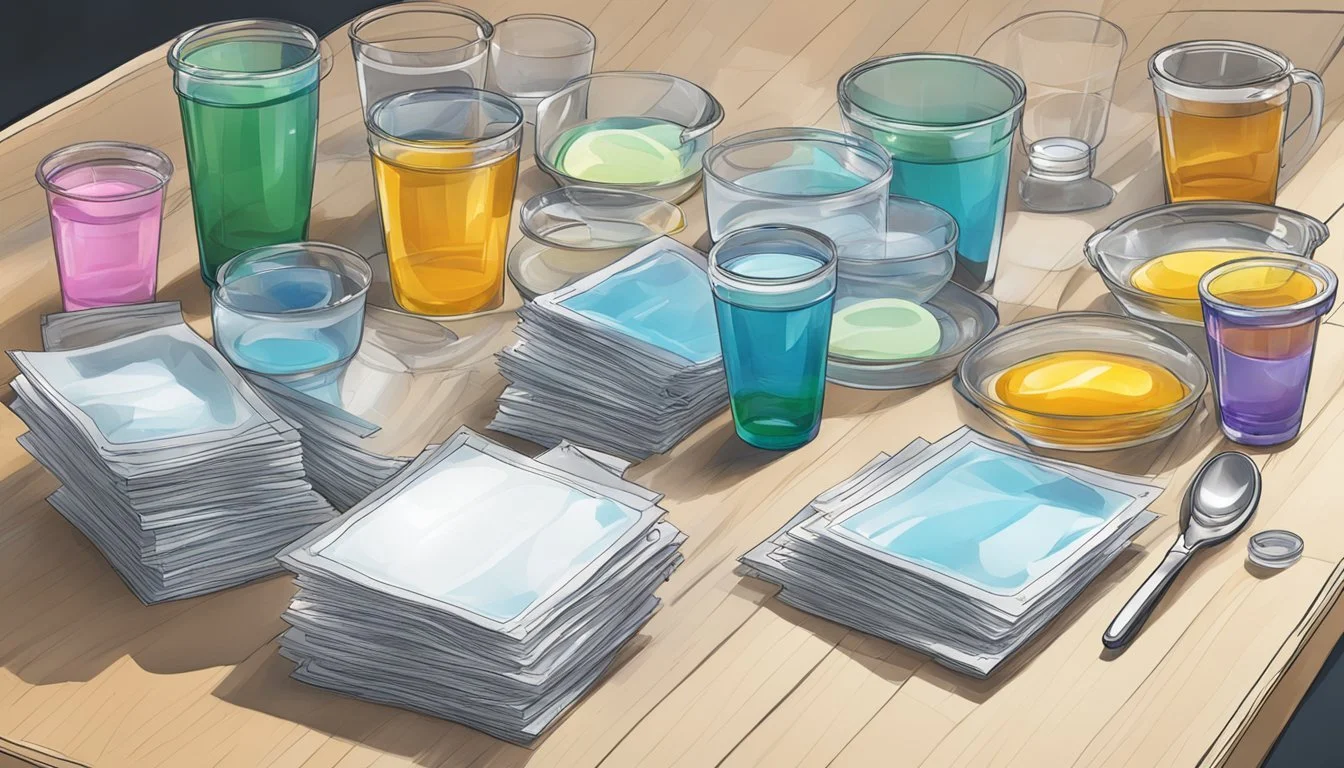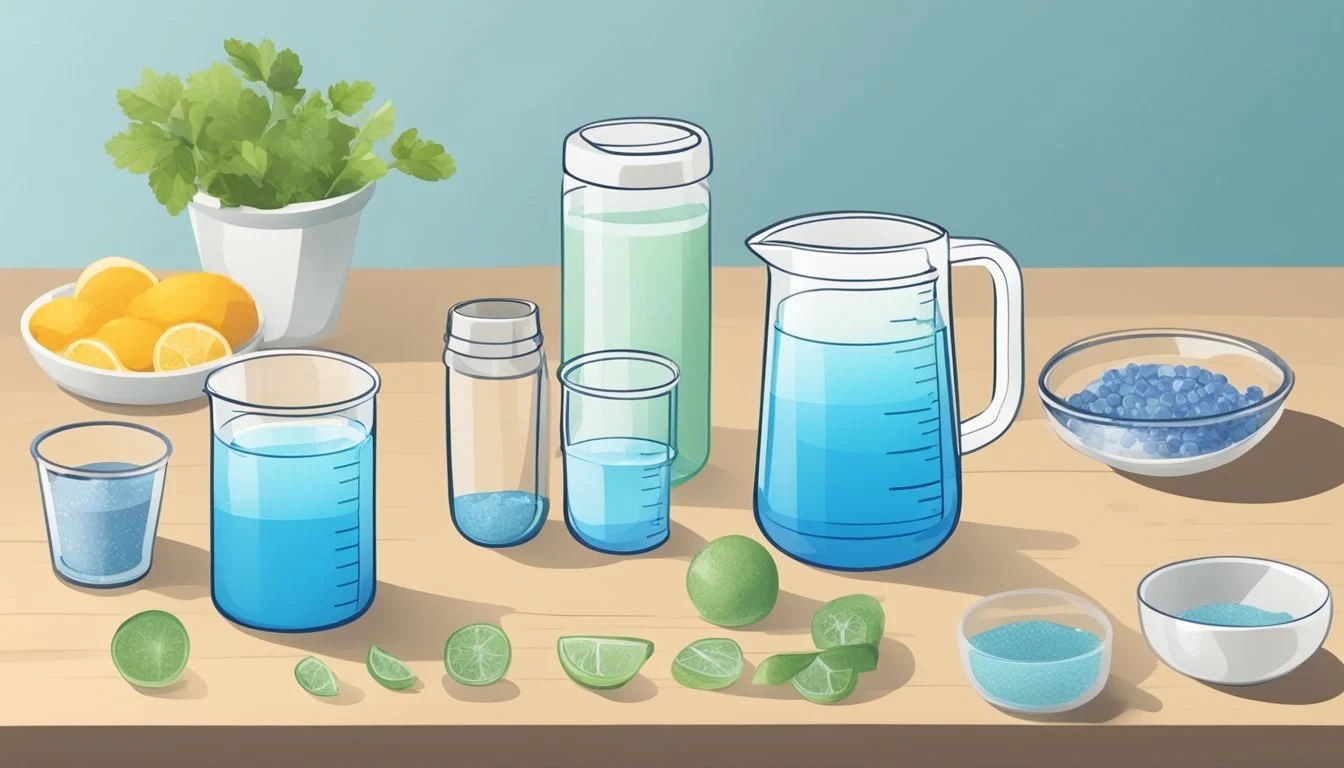How Many Servings of Precision Hydration Is Too Much
A Clear Guide
Precision Hydration offers a range of electrolyte drinks designed to help athletes maintain optimal fluid balance during exercise. Understanding the right amount to consume is essential for maintaining performance and avoiding potential health issues. Consuming too many servings of Precision Hydration can lead to an imbalance in electrolytes, particularly sodium, which is critical for muscle function and overall hydration.
The key to effective hydration is matching your fluid intake to your sweat rate and sodium loss. Precision Hydration provides different levels of electrolyte concentration to cater to varied sweating rates, ensuring that athletes can tailor their intake accordingly. It's important to follow the recommended usage guidelines and consider factors like exercise intensity, duration, and individual sweat rates to avoid overconsumption.
Sticking to a personalized hydration plan can help athletes achieve peak performance without risking the negative effects of overhydration or excessive sodium intake. The Fuel & Hydration Planner by Precision Hydration can be a valuable tool in determining the correct amount of fluid and electrolytes you need, ensuring you stay hydrated and energized throughout your activities.
Understanding Precision Hydration
Precision Hydration aims to optimize athletic performance by providing personalized electrolyte supplements tailored to an individual's specific hydration needs. Key elements considered include electrolyte balance, sodium content, and tailored sports drinks.
Role of Electrolytes in Hydration
Electrolytes such as sodium, potassium, magnesium, and chloride play a crucial role in maintaining fluid balance and homeostasis. During physical activity, the body loses these through sweat, which must be replenished to maintain performance and avoid dehydration.
Sodium is essential for fluid retention and preventing hyponatremia. Potassium supports muscle function, while magnesium aids in muscle contractions and energy production. Chloride helps maintain acid-base balance.
A precise understanding of an athlete's sweat rate and electrolyte loss can help in formulating an effective hydration plan. This is often achieved through a sweat test, which measures electrolyte concentration in sweat.
Precision Hydration Products
Precision Hydration offers a range of products designed to meet varying hydration needs. Their electrolyte drinks come in different sodium concentrations: 500 mg, 1000 mg, and 1500 mg per serving. These options allow athletes to personalize their intake based on sweat loss and environmental conditions.
In addition to drinks, Precision Hydration provides PF 30 gels, PF 30 chews, PF 90 gel, and SweatSalt capsules, all aimed at replenishing lost electrolytes. These products are designed to be mixed with water, ensuring that athletes can maintain optimal hydration and electrolyte balance during extended periods of activity.
Hydration and Athletic Performance
Proper hydration is crucial for athletes as it directly impacts performance, energy levels, and recovery. Understanding the effects of dehydration and employing effective hydration strategies can significantly enhance athletic performance.
Impact of Dehydration on Athletes
Dehydration can severely impair athletic performance. Even a 2% loss in body weight from fluid can reduce physical and mental performance. Symptoms of dehydration include fatigue, loss of concentration, and increased perception of effort.
For endurance athletes, dehydration can lead to early fatigue and reduced endurance. It affects the body’s ability to cool itself through sweat loss, raising core body temperature and increasing the risk of heat-related illnesses. Monitoring hydration status through urine color and body weight can help mitigate these risks.
Hydration Strategies for Training and Racing
Effective hydration strategies for athletes vary depending on individual needs and conditions. Athletes should begin hydration well before an event, consuming fluids consistently in the days leading up to competition.
During training and races, it’s recommended to consume sports drinks with electrolytes to replace fluid and sodium lost through sweat. Precision Hydration suggests drinking fluids containing around 1500 mg of sodium per liter in the hours before an event. For sessions lasting over two hours, maintain regular fluid intake based on sweat rate, typically 500-750 ml per hour.
Post-activity, rapid rehydration is essential for recovery, emphasizing replenishment of fluids and electrolytes lost. Tailoring hydration strategies to individual sweat rates and environmental conditions can optimize performance and speed up recovery.
Determining Individual Hydration Needs
Understanding hydration needs requires personalized approaches. Factors like individual sweat rates and electrolyte loss vary from person to person, making it important to tailor hydration strategies to specific requirements for optimal performance and health.
Sweat Tests and Personalized Hydration
A sweat test can offer valuable insights into individual hydration needs. By measuring sweat rate and electrolyte loss during exercise, athletes can determine how much fluid they need to consume.
These tests analyze the amount of sweat and the concentration of sodium lost, helping individuals understand their specific needs.
Fluid intake should match the sweat rate to prevent both dehydration and overhydration. For example, someone losing 1 liter of sweat per hour should aim to replace that amount with fluids containing appropriate electrolytes. Incorporating the right balance of carbohydrate ingestion may also help maintain energy levels during prolonged activities.
Athletes can then use branded solutions like Precision Hydration to match their requirements, ensuring optimal fitness and performance. This personalized approach allows for adjustments based on blood sodium levels and other health markers, providing a comprehensive solution.
Precision Hydration Dosage Guidelines
Proper dosing of Precision Hydration products is critical for maintaining optimal electrolyte balance and preventing dehydration or overhydration. This section covers understanding product labels, when to increase intake, and recognizing signs of excessive intake.
Understanding Product Labels and Dosages
Precision Hydration products come with clear labels indicating the amount of electrolytes and carbohydrates. For example, PH 1500 contains 1500mg of sodium per liter, designed for high sweat rates. PH 500 offers 500mg of sodium, suitable for lighter sessions or cooler climates.
Athletes should know their sweat rate and the electrolyte content required for their planned activities. Labels typically include serving size and intended use, ensuring users do not exceed advised limits. Consulting a sports nutritionist can help tailor a personalized plan.
When to Increase Intake
Increasing intake may be necessary during extended high-intensity workouts, races, or in hot weather. Electrolyte needs escalate as the temperature rises and sweat rates increase. Precision Hydration suggests drinking 500ml of PH 1500 the night before and another 500ml 90 minutes before activity.
If athletes experience cramping or noticeable decline in performance, incremental increases in electrolyte intake may be warranted. Monitoring hydration status and adjusting based on real-time feedback from one's body can avoid under-hydration and optimize performance.
Signs of Excessive Intake
Recognizing signs of excessive intake is crucial to avoid negative health outcomes. Symptoms of overhydration include nausea, headaches, and swelling. These symptoms suggest an imbalance in fluid-to-electrolyte ratio, known as hyponatremia.
To prevent overconsumption, athletes should not drastically alter intake without professional guidance. Tracking daily sodium and fluid intake can help maintain balance. If stomach issues or excessive water retention occur, adjusting back to recommended doses and consulting with a dietitian may be necessary.
A balanced approach, understanding product specifics, and recognizing bodily signals will ensure Precision Hydration products are used effectively and safely.






